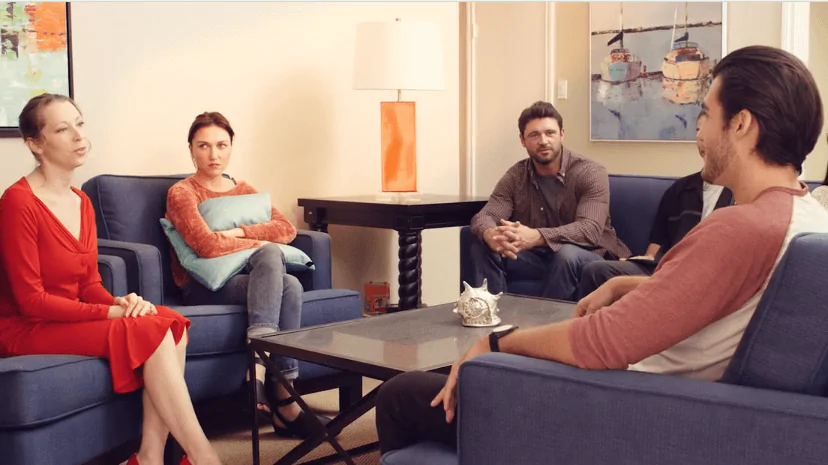24/7 Helpline:
(866) 899-221924/7 Helpline:
(866) 899-2219
Learn more about 12 Step Rehab centers in Bridgeport

Other Insurance Options

Group Health Incorporated

Cigna

PHCS Network
Beacon

Health Partners

Aetna

AllWell

Sutter

United Health Care

MVP Healthcare

BHS | Behavioral Health Systems

Multiplan

Excellus

Sliding scale payment assistance

Self-pay options

Premera

Ceridian

Optima

Medical Mutual of Ohio

Magellan Health













